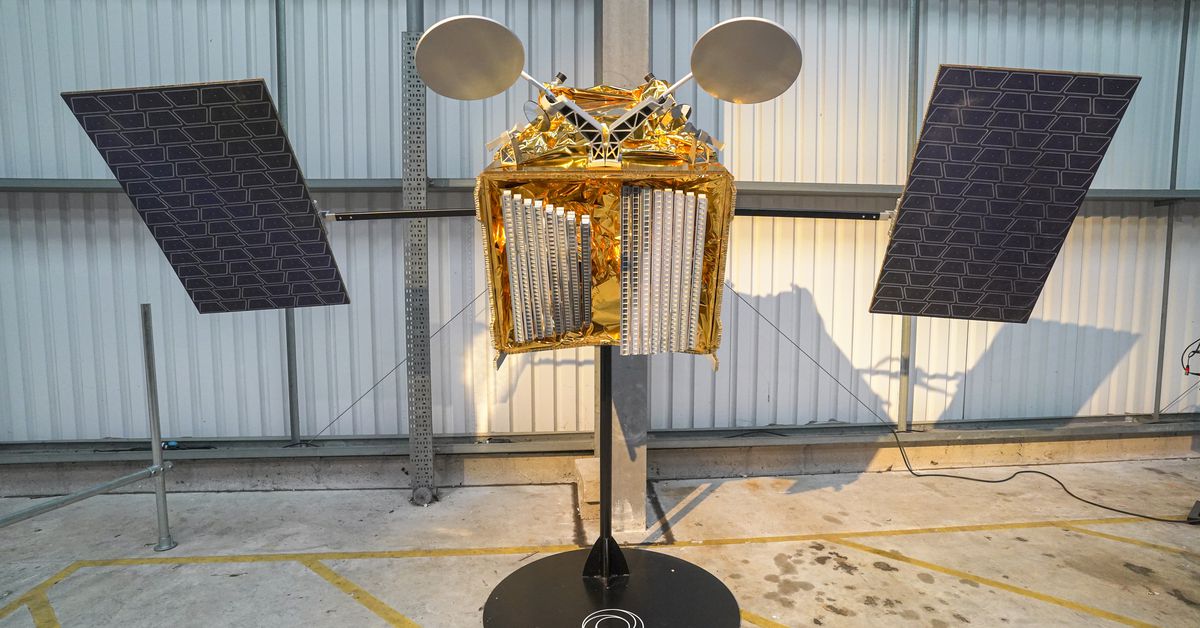Tripling renewable energy capacity is ‘within reach,’ report says
ANDORRA, SPAIN - FEBRUARY 16: A photovoltaic power plant in Teruel, Aragon. | Photo: Getty ImagesNearly 200 countries have pledged to triple global renewable energy capacity by the end of the decade — a goal that’s “within reach” as...
/cdn.vox-cdn.com/uploads/chorus_asset/file/25637427/1247215483.jpg)
Nearly 200 countries have pledged to triple global renewable energy capacity by the end of the decade — a goal that’s “within reach” as long as governments act fast, according to a new report.
The International Energy Agency (IEA) released its roadmap today for how countries can make it happen. It’s still a tough climb ahead with a hell of a lot new infrastructure needed. But falling costs and supportive policies can help them get there.
“To ensure the world doesn’t miss this huge opportunity, the focus must shift rapidly to implementation,” IEA executive director Fatih Birol said in a press release.
“To ensure the world doesn’t miss this huge opportunity, the focus must shift rapidly to implementation.”
An international commitment to triple renewable energy capacity by 2030 came out of the United Nations climate summit in Dubai last December. Representatives from each government meet annually to try to work together on climate change, striving to achieve goals set under the 2015 Paris agreement of preventing global warming from reaching a point that would make it much harder for countries to adapt. To do so, countries are supposed to transition away from fossil fuels so that global greenhouse gas emissions reach net zero by 2050.
Countries are going to need a lot more renewable energy to succeed. And they’re going to have to make major investments in infrastructure, the report says. Around 25 million kilometers (15.534 million miles) of electricity grids need to be built or updated by 2030. A decade later, by 2040, the equivalent of all of the world’s existing power grids would need to be refurbished or built new to support Paris climate goals, the IEA has previously estimated.
Tripling renewable energy capacity around the world also requires a lot more storage, since wind and solar generation fluctuates. It’ll be crucial to save some excess energy for times when the sun doesn’t shine and winds wane. Power grids would need to add 1,500 gigawatts of energy storage, most of that in the form of batteries, according to the report. That’s a nearly 15-fold increase compared to today.
Fortunately, energy storage around the world has been growing in leaps and bounds in recent years thanks to falling costs for lithium-ion batteries. Solar and wind energy costs have also plummeted, with utility-scale solar farms becoming the cheapest source of electricity in most of the world.
Even so, delays when it comes to securing permits and connecting new builds to the existing power grid have been major bottlenecks. Taking current policies and technology trends into consideration, countries are so far on track to secure more than three-quarters of the growth needed to triple renewable energy capacity this decade, the IEA says.
Today’s report comes as world leaders meet for the United Nations General Assembly in New York and prepare for this year’s UN climate summit in November. They’re facing pressure from activists and business leaders to ramp up action ahead of a deadline next year to update national climate plans under the Paris agreement.

 Aliver
Aliver 































